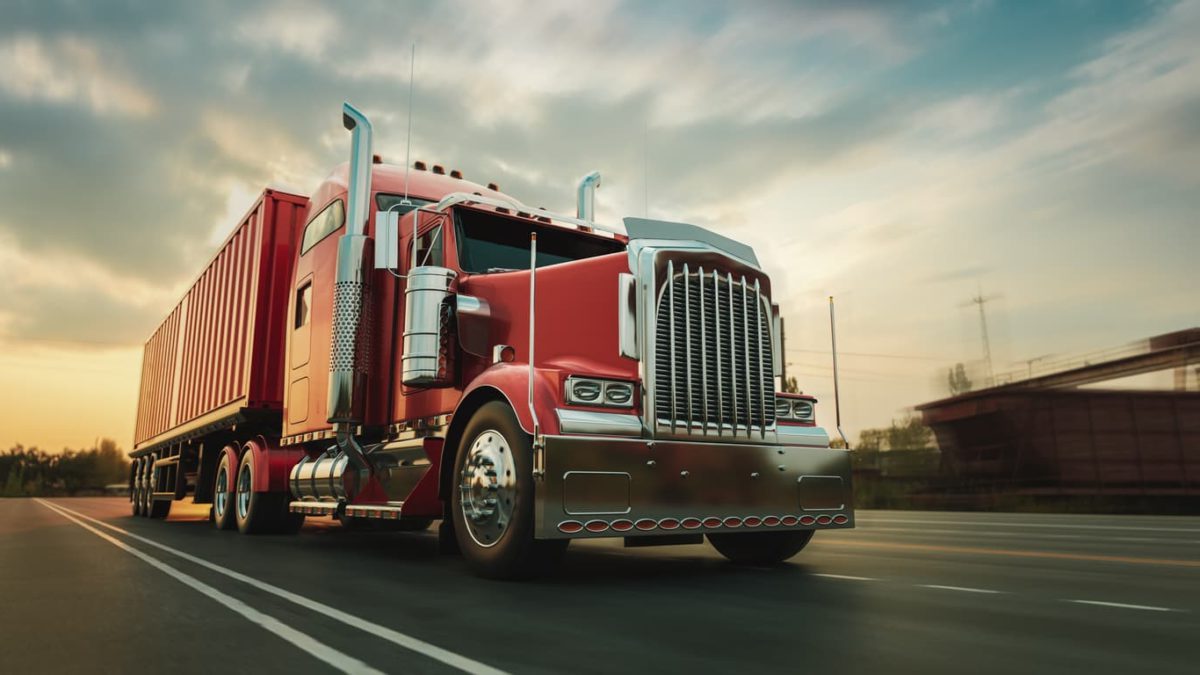Introduction:
Commercial trucking is one of the many industries that have been affected due to the growth of e-commerce. Customers order products in a few days at the click of a button, ordered from anywhere across the globe and delivered to the door of the buyer. The work description for truck drivers has been altered due to the rise of e-commerce. Intra-regional and last-mile truck journeys have grown increasingly common due to an increase in the number of merchants that provide rapid delivery via fulfilment centres and the expectation that customers have for such delivery. Therefore, to satisfy these requirements, truck drivers who work in e-commerce need to adjust their practices.
Let’s explore the radical changes in the commercial trucking industry brought on by e-commerce. It will further focus on the challenges and opportunities trucking companies face regarding online shopping.
Rapid E-Commerce Growth
E-commerce has made huge strides in the last decade, spurred by technological advances, changing consumer preferences, and the convenience of shopping from home. According to available data, global e-commerce sales are expected to surpass $6.3 trillion by 2024, with high growth rates projected worldwide.
This has sent ripples through the whole supply chain, including the commercial trucking industry, which is now faced with this growing trend of online shopping. As consumers look for all shopping needs handled through online retailers, the need for higher transportation services with efficiency and dependability has never been greater. The heavy burden lies on the trucking companies to adapt to changing market dynamics and the evolving needs of e-commerce businesses.
Problems Faced by Trucking Companies
The numerous growth and expansion opportunities created by e-commerce also come with many corresponding challenges for 10 ton truck companies. The main challenge is to be able to deliver on a faster and more regular basis, as the customer’s expectation is a quick turnaround. With new options in same-day and next-day delivery, trucking companies compete by capturing operation efficiency and route optimization to ensure appropriate delivery times.
Another problem that needs to be addressed is the excessive dependence on last-mile delivery in metropolitan areas with large populations. Trucking companies need to invest in specialised vehicles and technology to increase their efficiency and dependability and overcome the logistical challenges that might arise while moving through packed city streets and within tight delivery windows.
The expansion of e-commerce is also being fueled by a rise in the number of smaller shipments and package deliveries. This has a negative impact on the profit margins of trucking businesses compared to conventional full-truckload shipments. Because the market is becoming more competitive, trucking businesses have been compelled to make adjustments to their pricing tactics and business models to maintain their competitive edge.
Innovation Opportunities:
On the other hand, from a commercial point of view, there are a number of chances for businesses to innovate and expand via e-commerce in the commercial trucking industry. Some examples include using cutting-edge technology and digital solutions to improve the productivity and efficiency of double cab pickup.
Trucking companies, for instance, will be able to make delivery routes more efficient by utilising applications for route optimisation, location determination based on Global Positioning, and the System for Mobile Communications Telematics tools. This will allow them to reduce the amount of fuel they consume and the time they spend idle. With the help of such technology, trucking businesses can improve their operations and, as a result, deliver superior services to their clients. Expansion opportunities may be found in expanding last-mile delivery services that use alternative fuel technologies and electric vehicles. Concerns about the environment are growing, and trucking businesses are adopting more environmentally friendly practices to satisfy legal obligations in the most effective manner possible concerning carbon emissions. As a result of their reduced operating costs, fewer emissions, and lower noise levels, hybrid vehicles, which include electric trucks, are a viable option for delivering last-mile deliveries in metropolitan areas.
In the process, it further triggered new models and delivery ways, which include crowdsourced delivery and autonomous vehicles. Such innovative ways could revolutionize the commercial trucking industry by opening new opportunities for efficiency, cutting costs, and increasing customer satisfaction.
Conclusion:
E-commerce’s relationship with commercial trucking, in short, is immense. While it has levied a bevvy of challenges on trucking companies by reducing delivery times and raising the stakes regarding last-mile demand and pricing pressure, it has also created tremendous areas for innovation and growth. In this digital era, a trucking company could flexibly manage the complexities of e-commerce, using high technologies and optimizing operations to change the dynamism of the market. Strategic approaches and a commitment to excellence will help trucking companies find ways to better succeed in this fast-moving world of e-commerce logistics.








